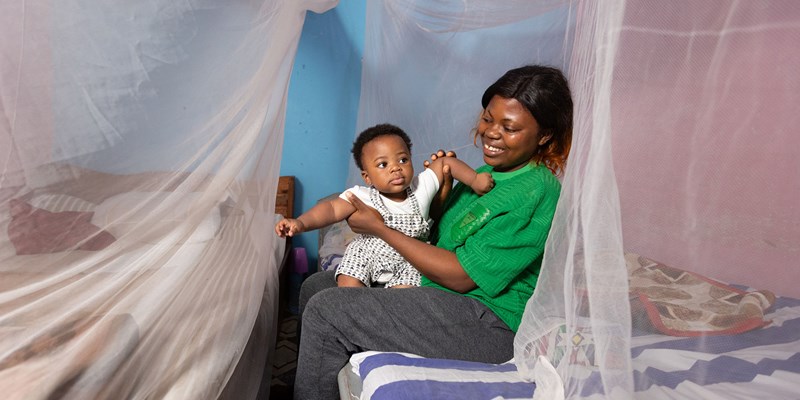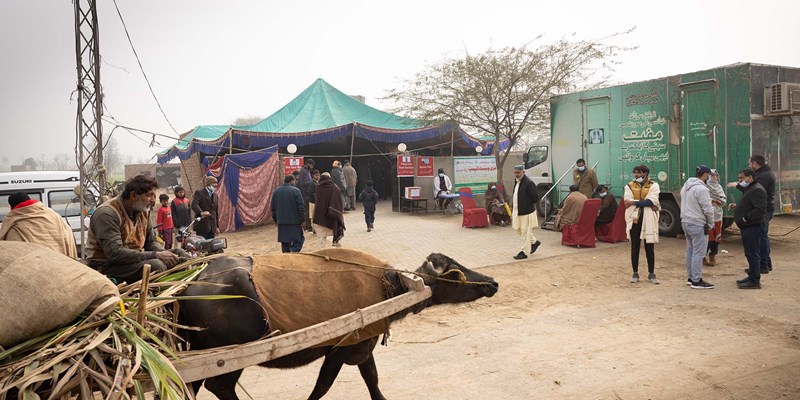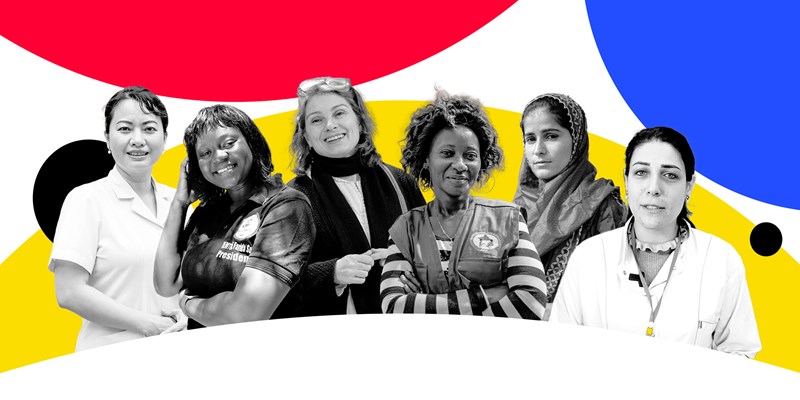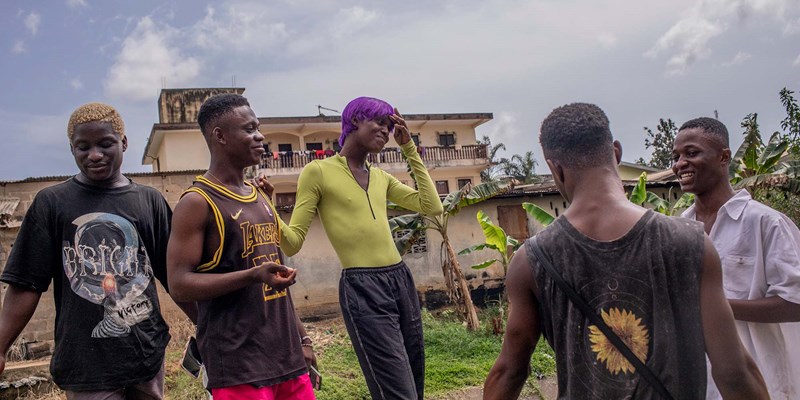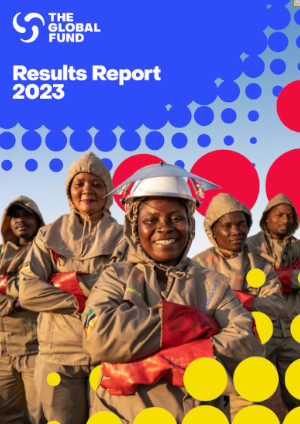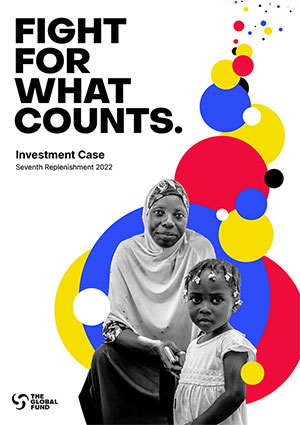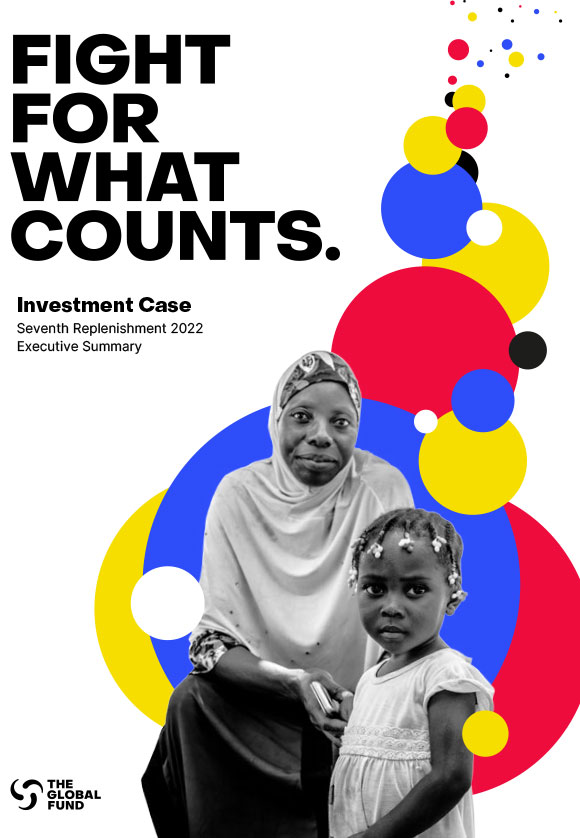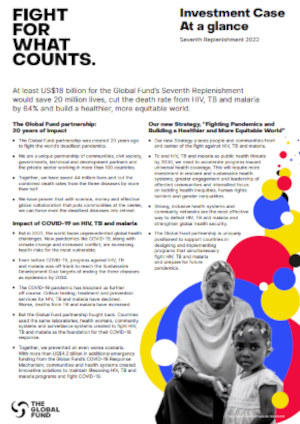Global Fund Approves US$75 million for India’s COVID-19 Response
06 May 2021
GENEVA – The Global Fund has approved US$75 million in fast-track funding to support India’s response to the COVID-19 crisis that is devastating the country. This new funding will support India in purchasing oxygen concentrators and Pressure Swing Adsorption (PSA) oxygen plants to help meet the medium-term needs for medical oxygen.
India is currently facing a severe scarcity of oxygen and is recording its highest daily coronavirus death toll since the pandemic began, with 3,780 deaths in the past 24 hours alone. Alongside corticosteroids, medical oxygen is the only proven lifesaving treatment for the most seriously ill COVID-19 patients. Without oxygen, COVID-19 patients suffering from hypoxaemia – an abnormally low level of oxygen in the blood – will likely die.
“The situation in India is heartbreaking,” says Peter Sands, Executive Director of the Global Fund. “While the most immediate gap is medical oxygen, we also need to invest in the health systems and health workers needed to treat the patients and respond to COVID-19. Oxygen will save lives, but it is only part of the solution. We must massively scale up testing and vaccinations to stop the spread of COVID-19 in India and worldwide.”
The new funding is in addition to US$36.8 million approved for India in 2020 through the Global Fund’s COVID-19 Response Mechanism to help mitigate the pandemic’s impact on HIV, TB and malaria programs, purchase personal protective equipment (PPE) for front-line health workers, procure testing equipment and strengthen health systems – in particular laboratory capacities and community health networks.
Even before the pandemic, low- and middle-income countries were facing chronic oxygen shortages for treating other conditions and diseases, and COVID-19 is now pushing health systems to the brink. As India’s acute oxygen needs are being addressed by its government and partners, the Global Fund’s response is supporting higher output oxygen solutions that will be beneficial as the COVID-19 response develops.
As the Global Fund and partners rally behind India – including through collaborations such as the COVID-19 Oxygen Emergency Taskforce, part of the Access to COVID-19 Tools Accelerator (ACT-Accelerator) – the emergence and circulation of new variants highlight the urgent need to stop the spread of the pandemic everywhere. The Global Fund is encouraging countries to apply for fast-track funding through our COVID-19 Response Mechanism to prepare for the next waves, including with diagnostic tests, personal protective equipment (PPE), and treatments – including corticosteroids and medical oxygen.
In 2021, the Global Fund could channel US$10 billion to help countries respond to COVID-19 and mitigate its impact on HIV, TB and malaria. So far in 2021, with the generous support of the United States, as well as Germany and the Netherlands, the Global Fund has raised US$3.7 billion for our COVID-19 Response Mechanism to support 107 eligible countries, and is seeking to secure a further US$6.3 billion for 2021 to respond to the most immediate and urgent needs in the global fight against COVID-19.
“What is happening in India can happen elsewhere,” says Peter Sands. “This is a warning that we cannot let our guard down. The emergence and rapid spread of more virulent variants highlights the importance of a global and comprehensive approach – including testing, treatments such as corticosteroids and medical oxygen, and vaccines – to fight this pandemic. No country is safe until we have COVID-19 under control everywhere.”
In addition to addressing the COVID-19 crisis, the Global Fund continues to be a strong supporter of India’s fight against HIV, TB and malaria. To date, the Global Fund has disbursed over US$2.3 billion in grant support to India to fight HIV, TB and malaria, including over US$1.2 billion for HIV programs; over US$888 million for tuberculosis programs; over US$28 million for joint TB/HIV programs; and over US$226 million for malaria programs.
